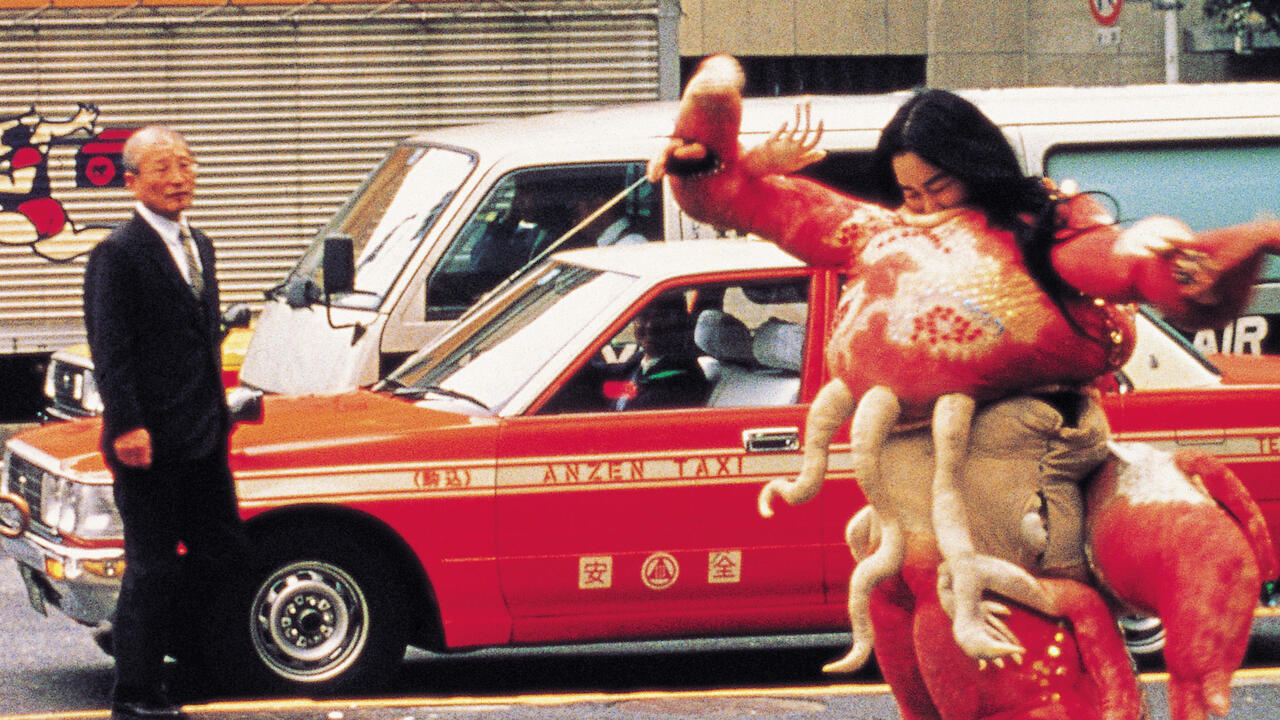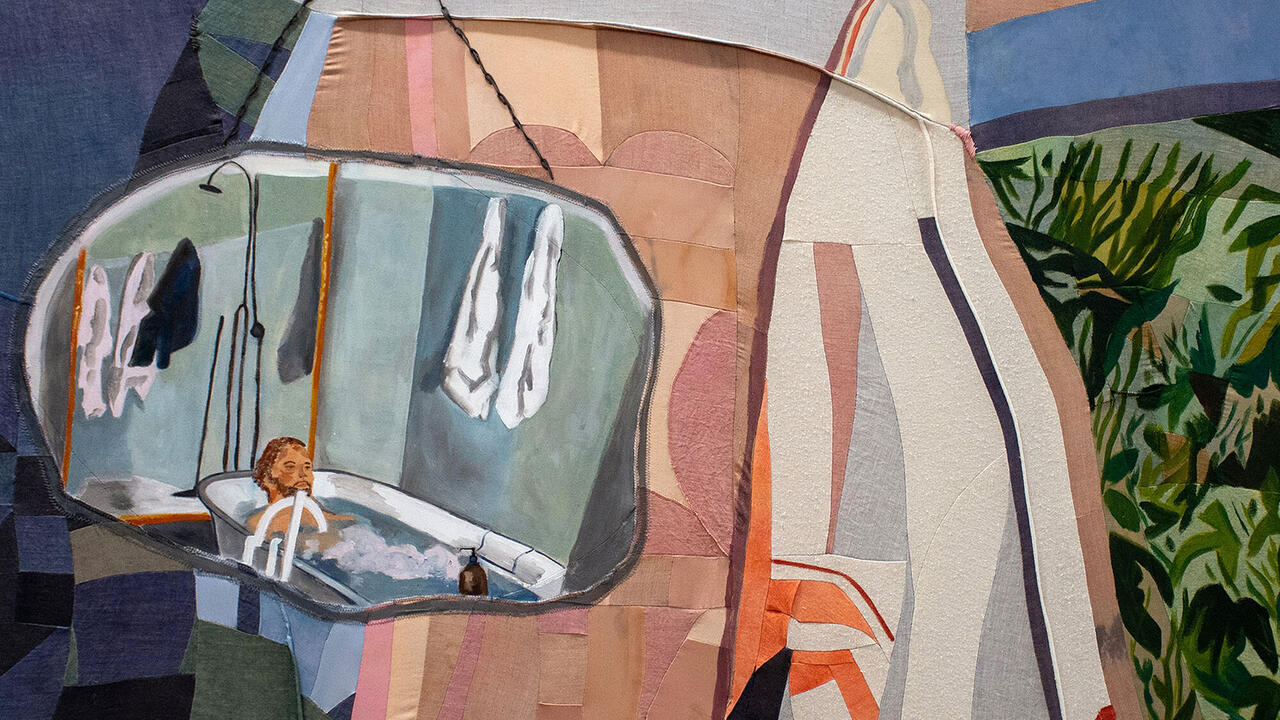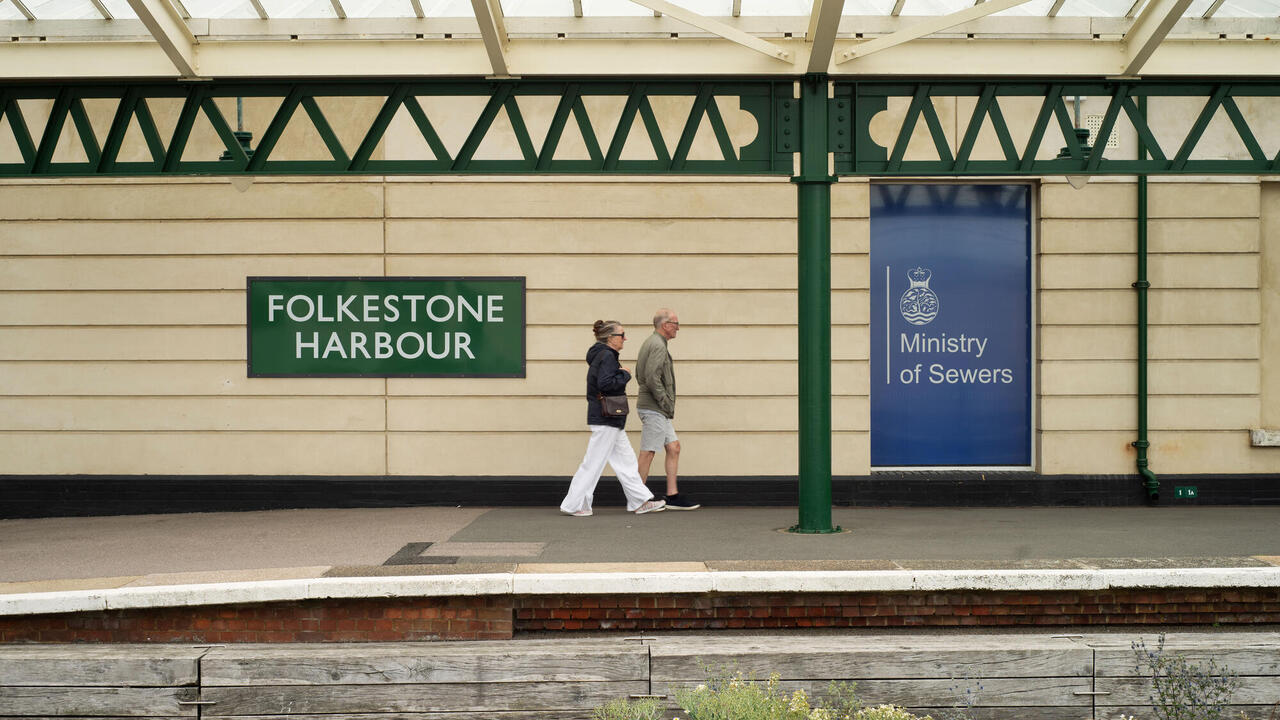Dispatches: Berlin
Nativism and the backlash against contemporary art: AfD, Pegida and a recent protest in Dresden
Nativism and the backlash against contemporary art: AfD, Pegida and a recent protest in Dresden

When, in 2006, a small exhibition space opened on Brunnenstrasse, Berlin-Mitte, its globalization-endorsing name, Curators Without Borders, irked many in the art scene. Less than a decade later, what reeked of jingoism now qualifies as a progressive statement. On 7 February in Dresden, the unveiling of an homage to the civilian casualties in war-torn Aleppo – Monument by Syrian-German artist Manaf Halbouni – was greeted by protests. Far-right demonstrators and Pegida (Patriotic Europeans Against the Islamization of the West) organizers resent Halbouni’s installation because his three vertical buses fastened together recreate the street barricades erected in the besieged city. This image of bereavement offends their sense of victimhood: Dresden ought to commemorate its own 1945 war dead, and, apparently, raising awareness to the sufferance of others subtracts from that. Rather than a random reaction, these protests are the epiphenomenon of a growing nativist psychology, whose role-reversal turns persecuted into persecutor and victim into victimizer.

In a related incident, last December, the cultural manager and director of the Polish Culture Institute in Berlin, Katarzyna Wielga-Skolimowska, was summarily fired for programming too much Jewish-related content, whose ‘nihilistic and hedonistic’ bias, Andrzej Przyłębski, the Polish ambassador to Germany claims, Poland ‘must oppose,’ via a celebration of Polish heroism and sacrifice.
But nativist sentiments are not the preserve of the East, nor is the recent backlash against contemporary art. In January, AfD’s (Alternative for Germany) Björn Höcke critized the Holocaust memorial in Berlin, which he called a ‘monument of shame.’ Though AfD leaders swiftly reprimanded him, the party officially opposes the way German history is ‘reduced to the 12 years of the Nazi era,’ and demands more ‘patriotism’ in history classes – campaigning on an anti-refugee platform the AfD achieved 14.2% of the vote in Berlin’s state assembly.

Unlike other far-right parties, the AfD began as an intellectual movement. Marc Jongen, the former assistant to HfG (University of Arts and Design) Karlsruhe rector Peter Sloterdijk and programme coordinator for the AfD in Baden-Württemberg, theorized the lack of thymos (desire for recognition) in the German polity as a form of ‘cultural self-annihilation’ – a topic also dear to Sloterdijk, as noted by Jörg Heiser last March in frieze – which would, in Sloterdijk’s view, leave the German people ill-equipped to deal with the ‘strong nature.’ (Or as Höcke put it crudely the ‘reproduction strategies’ of the ‘expansionary African type.’)
Were the problem just a handful of xenophobic academics, it wouldn’t be hard to contain. The problem is the absence of a robust counter discourse. Due to its singular history, postwar Germany developed an uneasy relationship with Marxism. One would be at pains to find German equivalents to Giorgio Agamben Alain Badiou, Stuart Hall or Jacques Rancière. After the Frankfurt school was marginalized by a proliferation of apolitical topics and disciplines, culture became largely the preserve of the conservative right and of what writer and filmmaker Tariq Ali has called the ‘extreme centre’, in his book of the same name from 2015.
How these forces work in tandem to effect a multidimensional suppression of dissent will be thematized by the upcoming exhibition and symposium ‘The Old Left and the New Right’ curated by Ekaterina Degot at the Academy of Arts of the World in Cologne. For Degot, who has a quite unique position inside the German institutional landscape, the issue concerns aesthetics, as well as politics – what does the alt-right lionization of radicalism and anti-establishment sentiment mean for the ‘old left,’ traditionally invested in the term ‘alternative’?

A tentative answer can perhaps be found in what artist Johannes Paul Raether calls a ‘distributed social intervention’ – and the brutal response it elicited. In a performance first held at an Apple store in Kurfürstendamm, Berlin, last July, JPR passed around several small rings, made of Gallium, an element, which in its solid form is silvery white, but liquefies at a temperature of around 30 degrees celsius. When handled by the audience, the medals melted, dripping over the display tables and shop floors, dumbfounding shop assistants who promptly called the police. The security forces escalated the situation, evacuating and closing the store, over fears of toxicity. In retrospect, the artist came to realize that the utterance of the term ‘terror’ triggers a security protocol, which once in motion can no longer be halted, either by reasoning or common sense. Before a chemical analysis of the material JPR used could be concluded a storm of punitive articles had already been printed, the most vicious of which, argued, in a prose straight from the 1930s that ‘to stamp out this kind of art is a civilizational imperative.’
Needless to say, neither the substance at play (Gallium) nor the substance of the performance, were readable either by the language of the law or the language of the media: the material was harmless and, albeit employing the methods of activism, JPR wasn’t conducting a direct action – instead the artist opted to revisit the audio materials of the original performance, for an installation at Transmediale festival, where it is currently on view, in what he called an ‘antinews’ move. Yet though Apple dropped the charges the question remains: how can art open up a productive social space without falling into the ready-made space of scandal and spectacle, already inhabited by hacks and celebrities? How to be political, rather than polemical? In times of growing social partitions and rising tension this might well be the million dollar question.























